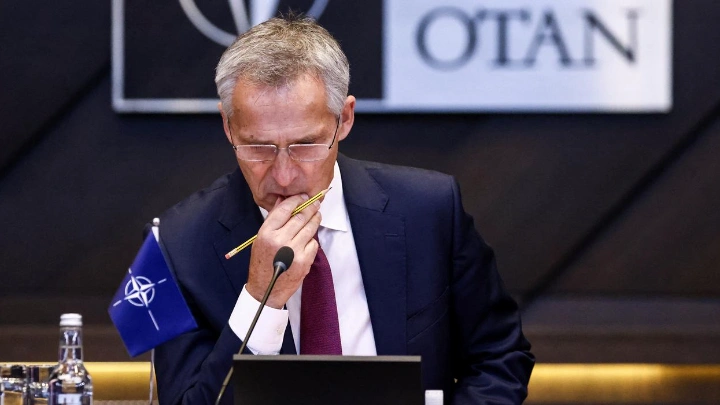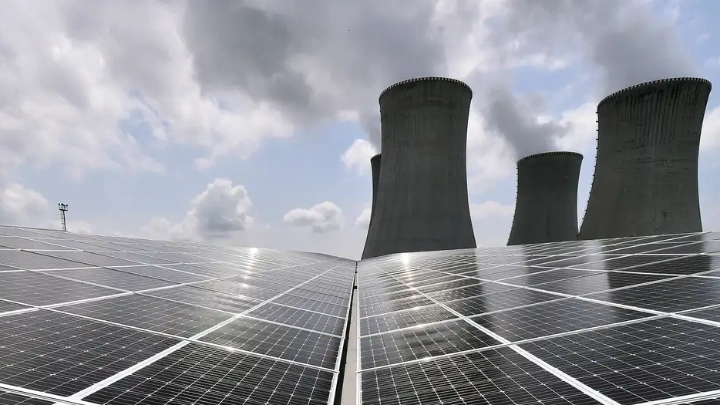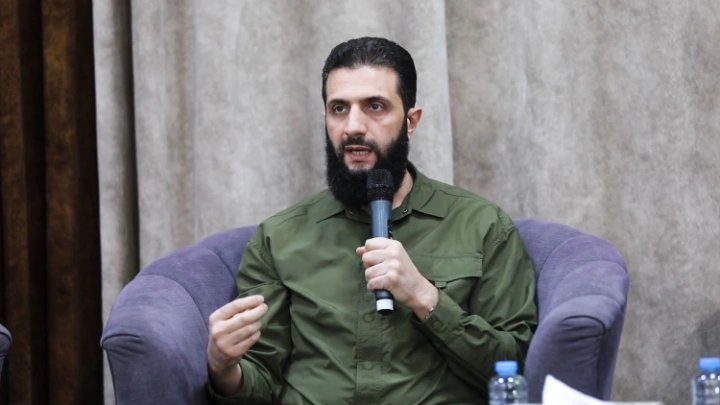What is NATO's Article 4?
Shining BD Desk || Shining BD
After reports of Russian missile strikes in Poland, the government in Warsaw convened an emergency meeting of its national security council. Article 4 of NATO could play a key role. How does it differ from Article 5?
Article 4 of the NATO treaty covers the case when a member state feels threatened by another country or a terrorist organization. The 30 member states then start formal consultations at the request of the threatened member. The talks look at whether a threat exists and how to counter it, with decisions arrived at unanimously.
Article 4 does not, however, mean that there will be direct pressure to act.
This consultation mechanism has been triggered several times in NATO's history. For instance, by Turkey one year ago, when Turkish soldiers were killed in an attack from Syria. At that time, NATO decided to consult, but did not take any action.
How does NATO Article 4 differ from Article 5?
Following Russia's invasion of Ukraine in late February, NATO members Estonia, Latvia, Lithuania and Poland triggered Article 4. Along with Slovakia, Hungary and Romania, those countries are part of the "eastern flank" of NATO, which has been reinforced with thousands of troops from NATO members.
Article 4 is different from Article 5 of the NATO Charter. The latter lays out the military assistance by the entire alliance, should one of the member states get attacked. The only time that Article 5 was used was in 2001 after the al-Qaeda attacks on the US, which killed more than 3,000 people. When the US then attacked Afghanistan, NATO sent a mission alongside.
The NATO treaty only applies to member states. Given that Ukraine is not part of the alliance, it can trigger neither Article 4 nor 5.
By Bernd Riegert
Shining BD
























